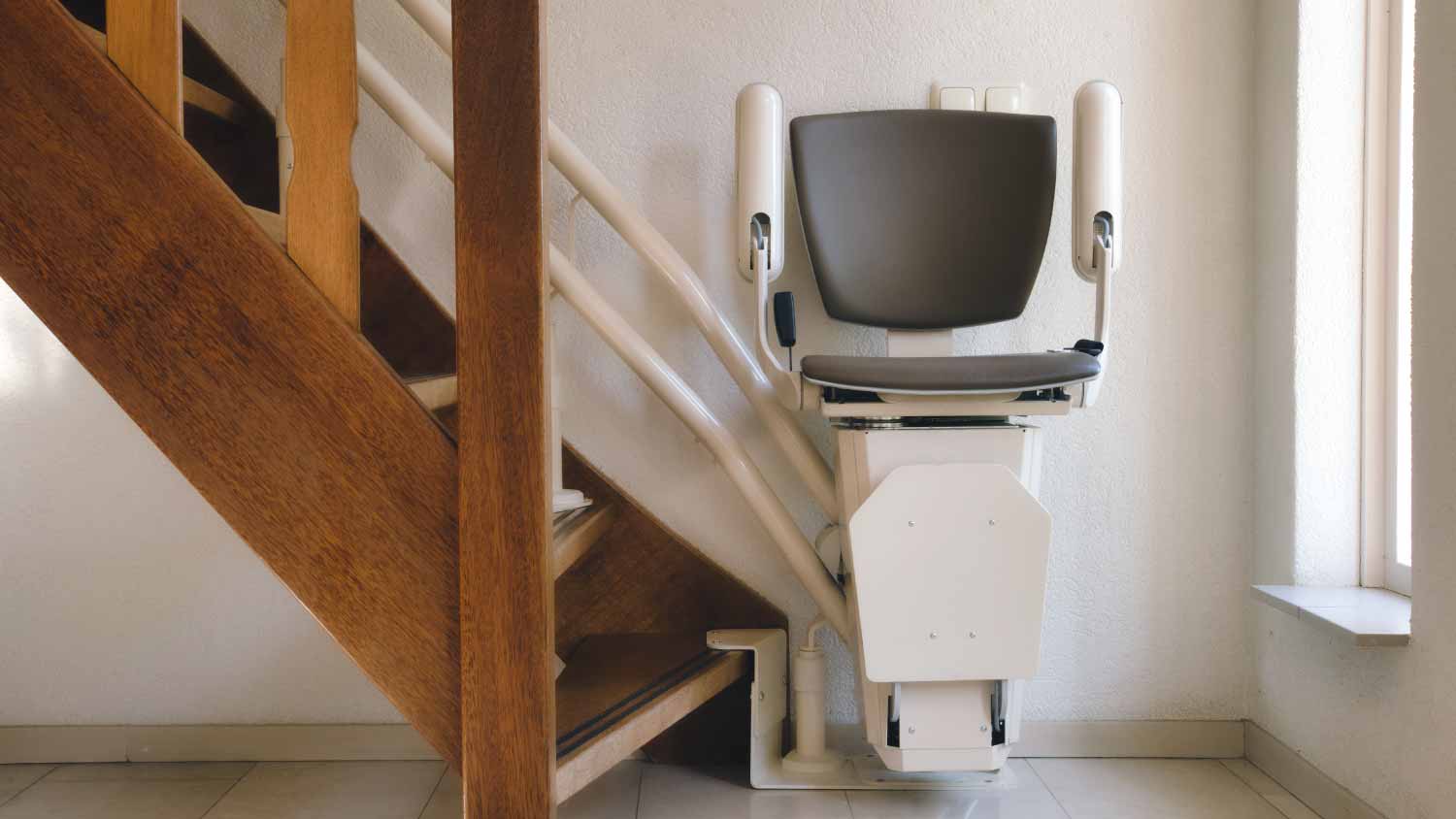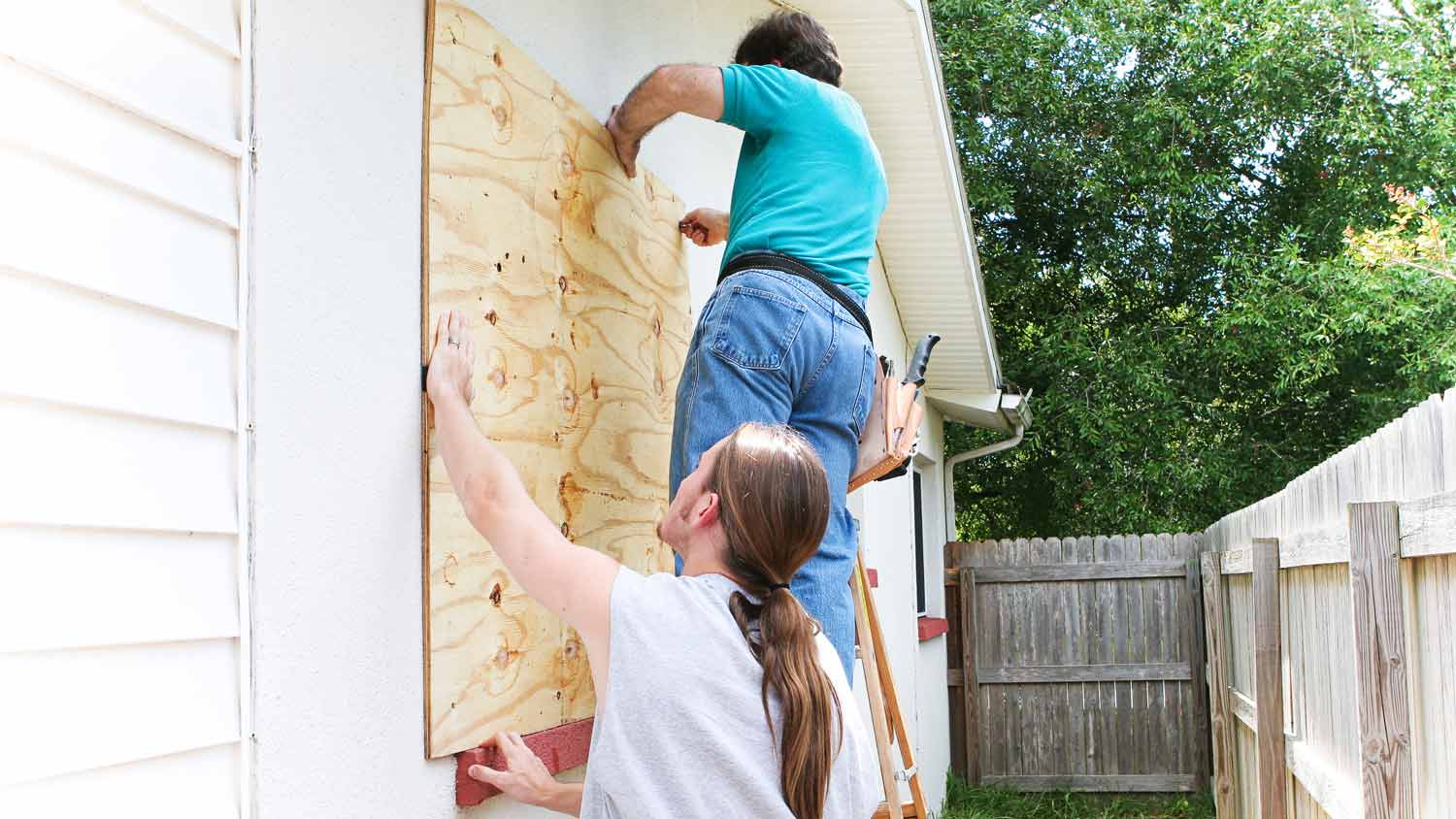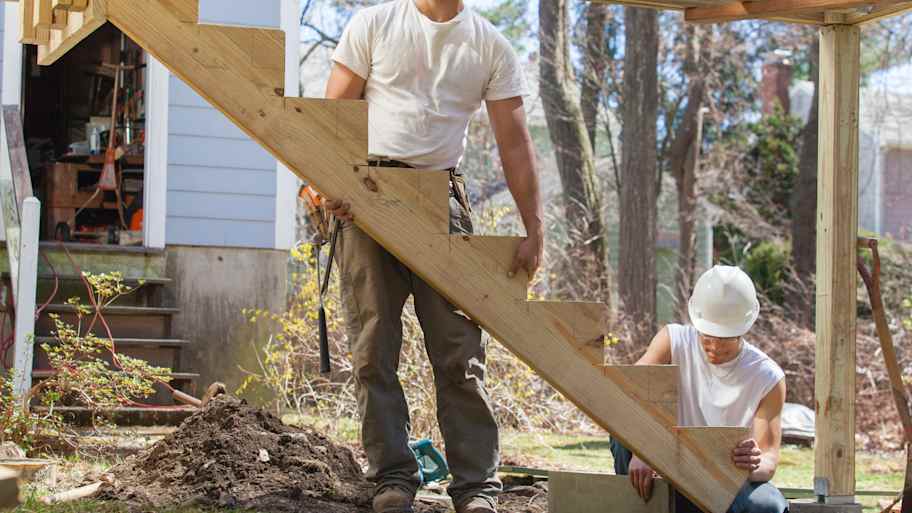
Going from an undeveloped plot to your dream home can be expensive. Learn about the cost to develop land and what factors can affect your total.
How to get this people mover moving without power


Stair lifts are essential to have in your home if you or a family member has limited mobility or simply needs a little more help getting up and down stairs. While normally stair lifts operate with electricity, there might be times when you need to manually move the stair lift yourself, because the power went out, for a deep cleaning, or to fix a mechanical issue. Here’s how to safely move a stair lift manually and keep things running smoothly in your home.
If a stair lift is improperly installed, the homeowner risks injury and/or damage to the stair lift. It's highly recommended to contact a pro to ensure the installation is done properly.
Before moving your stair lift, it’s imperative that you consult the manual that came with your specific stair lift model. Even if you don’t have the original hard copy, which might be the case if you rent (instead of buying and owning) your stair lift, most manufacturers share PDF versions online.
Different models have different instructions and procedures, so it’s critical that you review the steps outlined in the manual.
In addition to reviewing the manual, you should shut off all power sources to the stair lift before attempting to move it. Check both the main power switch and any auxiliary switches.

Whether the power has suddenly gone out or you just wish to perform a cleaning, knowing how to manually move a stair lift is an important skill to know.
To prevent electrical injury, you should turn off all power sources to your stair lift before attempting to move it. Stair lifts often have multiple power sources, so check both the main switch and any auxiliary switches. The power light on the stair lift should be off.
Your stair lift’s manual should help you determine the location of its manual release mechanism. The mechanism could be a level, a handle, or a key; it is typically located near the seat or beside the stair lift track. Disengage the manual release mechanism—doing so allows the stair lift to move without help from the motor.
In addition to disengaging the manual release, your model of stair lift might require that other components be in place before you attempt to manually move it. These instructions might include:
Locking the armrests and footrest
Rotating the chair to the proper position, sometimes with the aid of a manual swivel lever
Securing hinged rails by locking them into place
Check the track for any obstructions that might be causing a blockage, and remove any you find.
With the manual release mechanism disengaged and obstructions removed, you can now carefully move the stair lift. Gently push or pull it along the track until it is where you want it to be.
Your stair lift might also come with a hand winder, which is usually found on the side, front, or bottom of the machine. If so, you can rotate it until the stair lift is in your desired location.
When moving the stair lift, move slowly—it’s a heavy, cumbersome machine, and moving deliberately is important to prevent injuries.
Once your stair lift is in the desired position, you should re-engage the locking mechanism to keep it in place after you restore power. Forgetting to lock the stair lift could be a recipe for injury, as the heavy machine could shift as soon as the power supply is back.
From average costs to expert advice, get all the answers you need to get your job done.

Going from an undeveloped plot to your dream home can be expensive. Learn about the cost to develop land and what factors can affect your total.

Use our guide to calculate the cost to install a stair lift in your home. Prices depend on the type of stair lift, including the seat style and other advanced features.

Discover storm damage repair costs, key price factors, and ways to save. Get transparent estimates to plan your home repairs with confidence.

If you’re short on space, pocket doors aren’t your only option. Explore these 12 pocket door alternatives.

Stair stringers support every step you take. From wood to steel, open to closed—explore the different types, materials, and whether to DIY or hire a pro.

What is included in framing a house? This process involves framing the floors, walls, and roof. Contractors must follow a detailed building plan for success.